Sushi Train Restaurants: Japanese Sushi at Low Prices
What images and thoughts come to mind when you think of sushi? If you aren’t accustomed to eating it, maybe the idea of eating raw fish is a little foreign to you. Well, Japan is a foreign country so let’s do foreign things and try to eat sushi! On the other hand, if you are accustomed to eating it in your own country, I dare say “expensive” is one of your thoughts. Fortunately I have good news about that! I would like to introduce you to the sushi train, where you can stuff yourself with delicious sushi without breaking the bank.
The How To’s of Sushi Train Restaurants
Let’s learn how to identify a sushi train restaurant’s price range, how to order, how to pay and how to enjoy sushi.
What to Look For at Sushi Train Restaurants
Welcome to Kaiten Sushi in Namba, Osaka. Kaiten Sushi is a very popular restaurant in the Osaka city area, with helpful staff and good English services. Other popular chains include “Kappa Sushi” and “Sushi-ro”.
The first thing we should note is the text:
100円均一回転寿司
This means these restaurants offer sushi train service and that all sushi are uniformly 100 yen per plate (108 yen including tax). Other words you might see advertising the price are something similar too:
一皿100円
Finding Your Table
After entering, wait to be given a table by a staff member. If they speak some Japanese at you, they are probably asking how many people you are with. Answer them if you know Japanese numbers, or else just use the universally understood language of fingers. The staff will give you a little clipboard with a seat or table number on it, so head on over to your spot.
Sushi Trains
Going round and round to be consumed by the patrons and replaced by the cooks, the conveyer belt carries plates of sushi. Each set is preceded by a little advertisement, informing you of the plate’s price and what it is. If some dish catches your eye, just grab the plate and chow down. However, there are a few caveats of which you should be wary:
- Many restaurants will have a pricing system where the colour of the plate signifies the price. High quality fish or more fancy dishes will cost more. Pay attention to the colour of the plate so you know what price you will be paying.
- Plates which are sitting on an additional coloured plate are special orders. Unless the order is yours, you shouldn’t take them. We will come to understand what that means in the touch screen ordering system section below.
- It’s safe! The idea of eating raw fish that’s been sitting outside of a fridge might seem risky, but I have been doing it for a long time and have never gotten sick. If you are really worried take a good look, or have a look ahead at the touch screen ordering system section below.
Japanese Condiments and Sauces
At your table you will find some sauces, flavouring and tea. There will also be cups either on the table or above your head, on top of the conveyer belt. Feel free to help yourself to the tea by shaking the green powder from the tea container, or taking with the spoon. The container will likely be labelled お茶 or 抹茶. Take anywhere from a teaspoon to a heaped tablespoon and put the tea into your cup, then push the cup against the water dispenser. You can stir it with your chopsticks if you like, nobody is judging you.
The sauce is dispensed by using gravity and pushing the red button on the top. Common varieties include:
- Soy Sauce (しょうゆ). Soy sauce is an all-rounder, enjoyed with pretty much anything you like.
- Ponzu (ポンズ). Ponzu sauce is made from soy sauce, rice vinegar, and squeezed lemon. It is best enjoyed as a dipping sauce for sashimi (that’s sushi without the rice part).
- Unagi sauce / sweet soy sauce. This is a thick, sweet sauce. It is made from soy sauce, sugar and mirin. It is best enjoyed with Eel (うなぎ), or other cooked fishes.
Are you asking the important question yet? “Where is the wasabi?” In some restaurants it will be on your table in a container, just spoon it out. In others however, you will find a bowl on the conveyer belt pass by, which is full of little packets. Just take what you need as you need them, as there is no charge for it.
There’s a large variety of sushi to choose from at these restaurants, so take your time and try them all.
How to Order Fresh(er) Sushi Train Sushi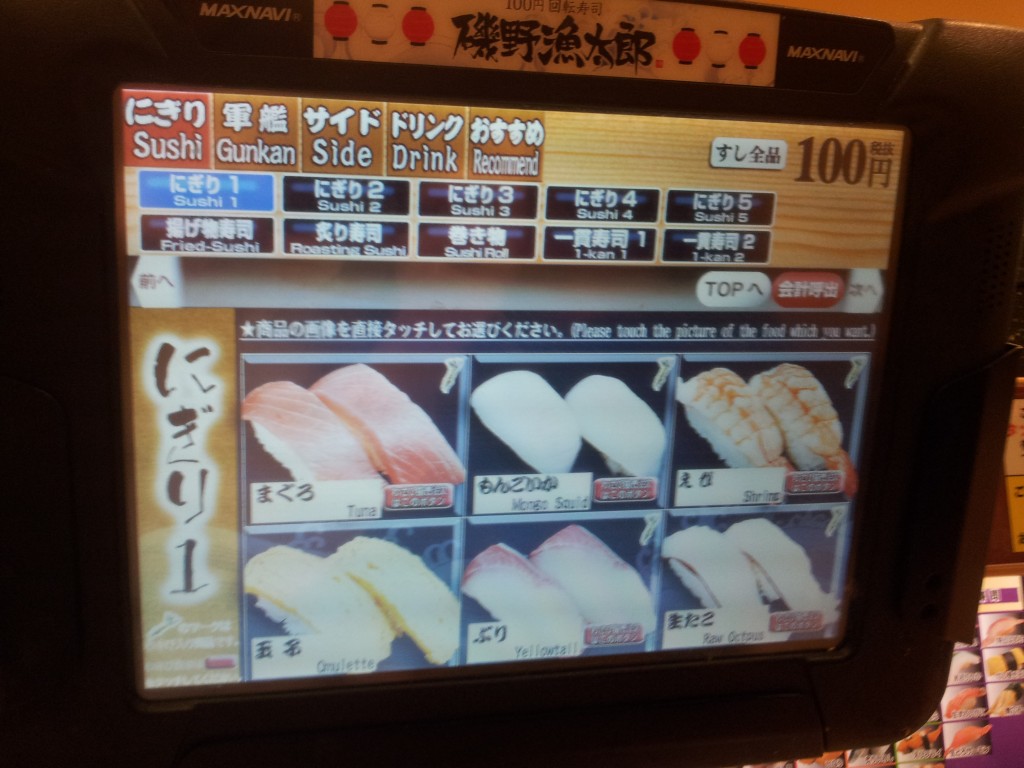
Notice the English translations provided by these restaurants. Convenient!
Now let’s look at the on-screen menu system. Above the conveyer belt, you will usually find a touch computer screen. Most shops have an English option or partial English translations, so don’t worry too much about the language barrier. If you find yourself in a store with no English, there will at the very least be photos. You can order by touching the food you would like to order, and then choosing the number of plates. After you have finished choosing your orders hit the button containing the word:
注文
Now simply wait for your order to arrive. Don’t be afraid to order a few, eat them, then order a few more. Depending on your store either a staff member will bring it to you, or it will come on the conveyer belt with a special coloured plate underneath it. Your colour will be displayed on the touch screen (for example, gold or silver). At the chain called Kappa Sushi, your order will actually arrive on a train!
Tuna sushi (マグロ). Add soy sauce and wasabi to enjoy it at its best. Once you have had your fill of sushi, the menu also includes other varieties of foods like sweets and even fried chicken. Variety is the spice of life!
Paying for Your Sushi
So you have enjoyed eating all this wonderful, delicious and cheap food. But how do you pay? Well, you will notice the large stack of plates you should have accumulated by now. The staff will actually count these plates and then write a bill up for you. For this reason it is important that you keep all your plates on the table where the staff can see them. In order to get the staff to come over and count your plates, you can either call them verbally or visually, or use the touch screen. Some useful words are:
お会計 ( oh kai kei ):The bill. Press the button with this character in it to request a staff member to total your bill by counting your plates.
キャンセル( cancel ):Cancel the staff call and go back to the menu.
Once you have your bill, simply take it to the front counter and you can pay on your way out.
OK, so what are you waiting for? Let’s go to sushi train restaurants and enjoy delicious sushi! Itadakimasu~
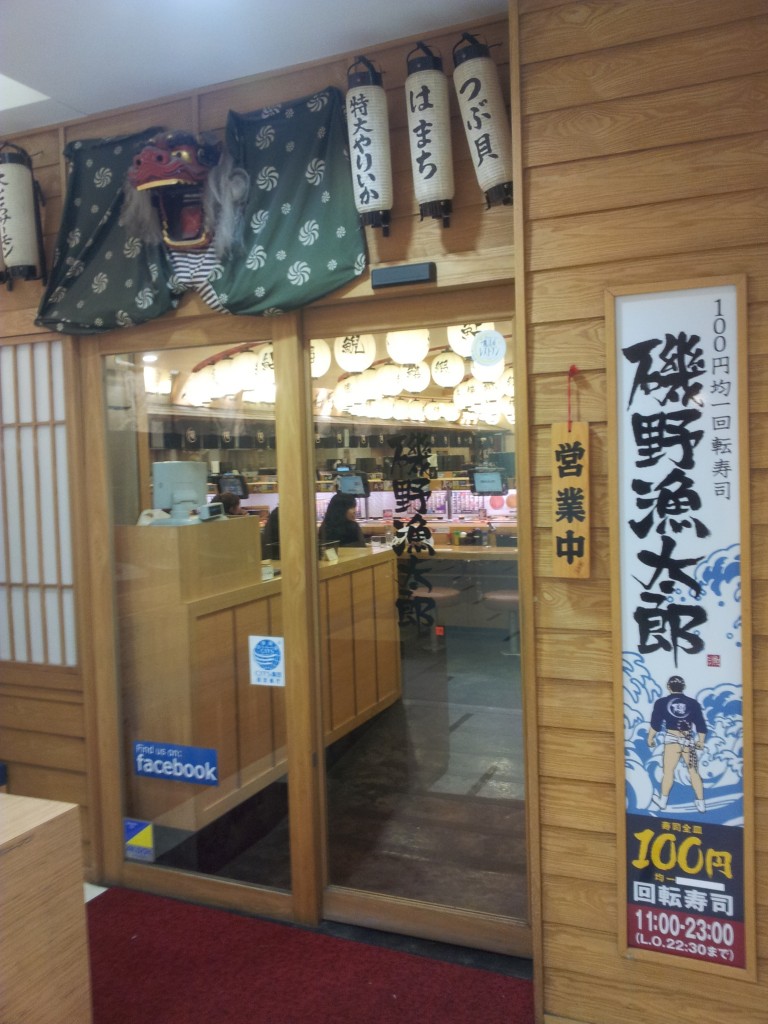
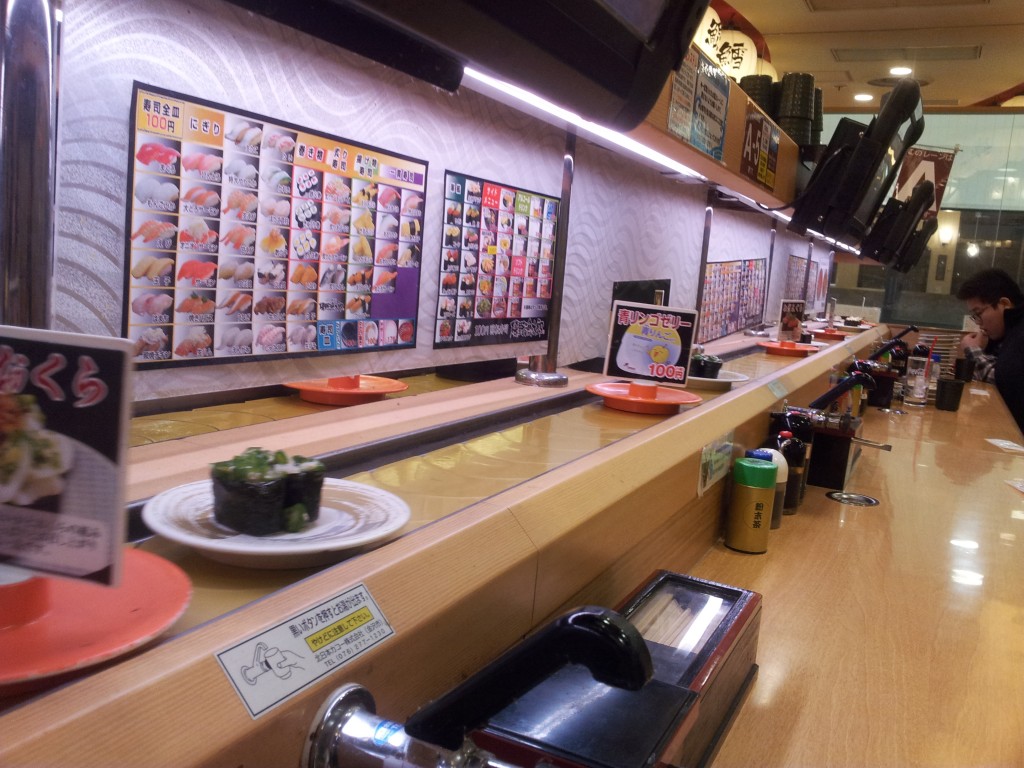
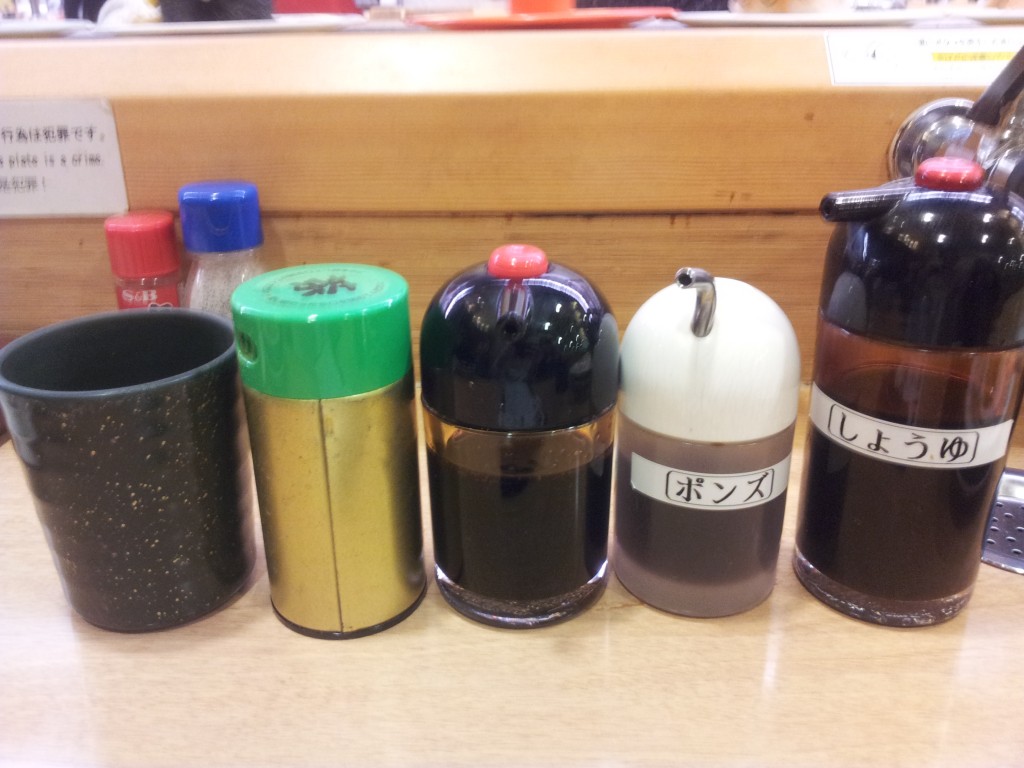
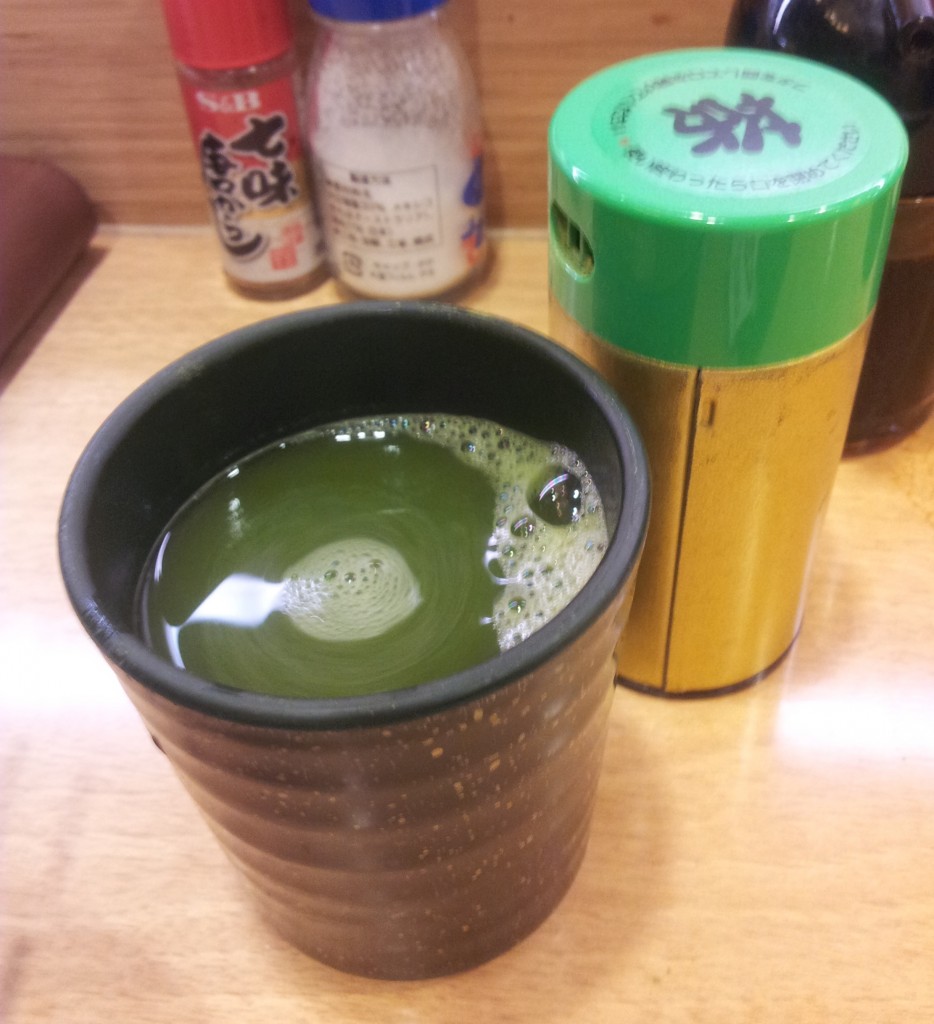
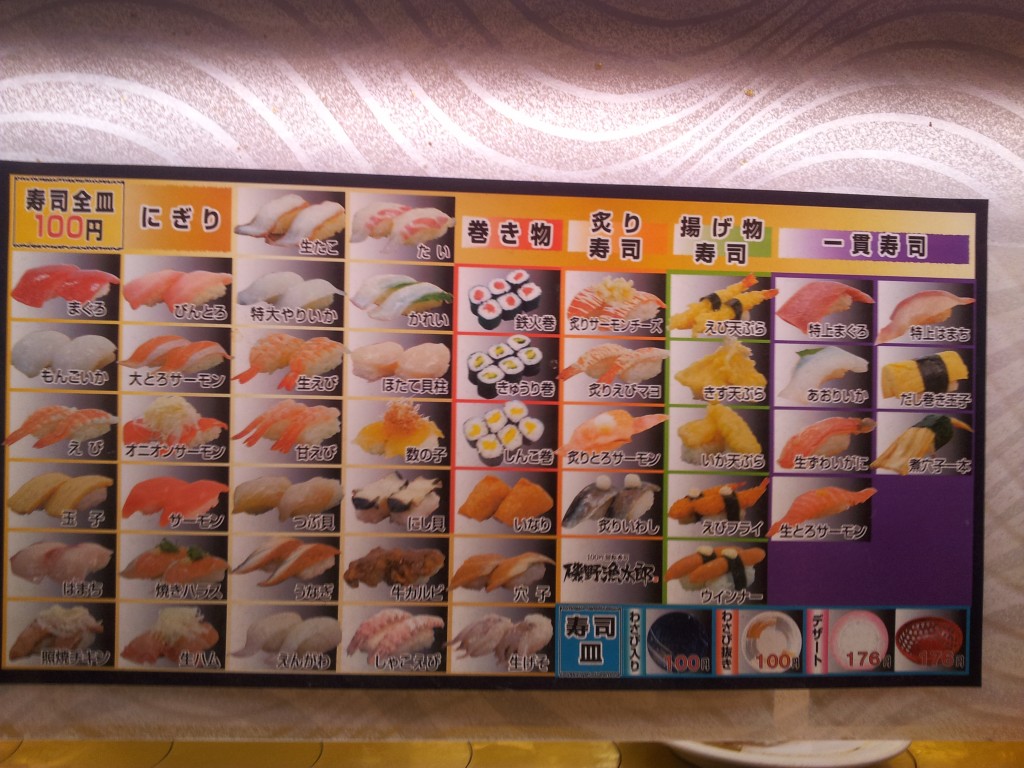
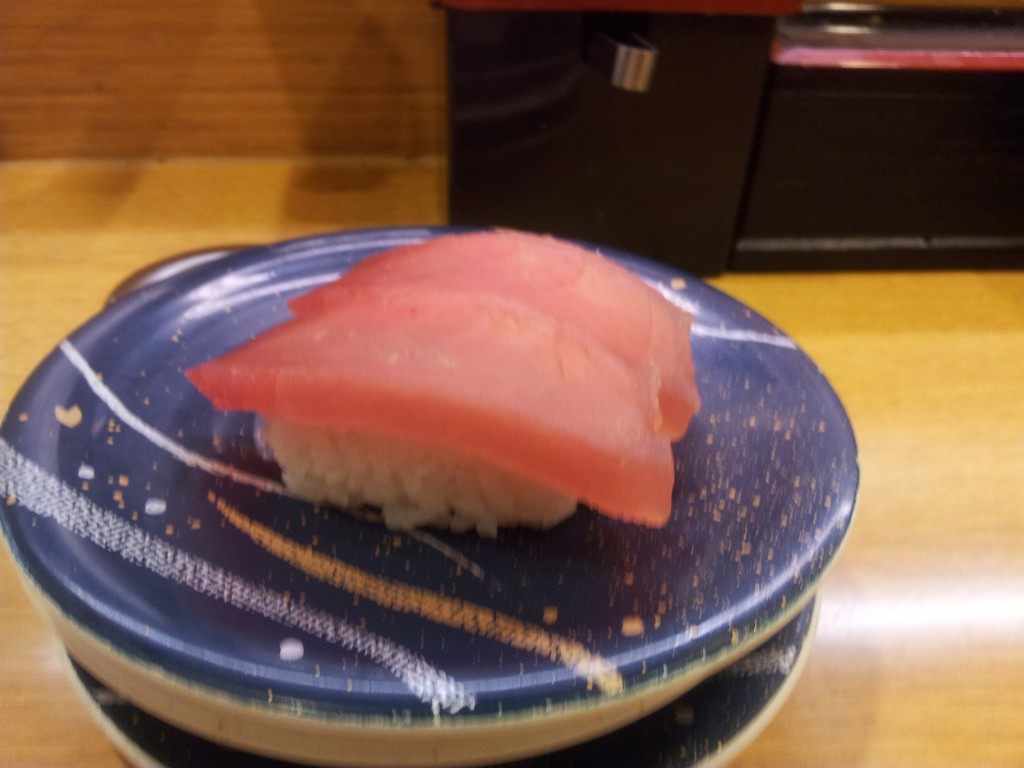


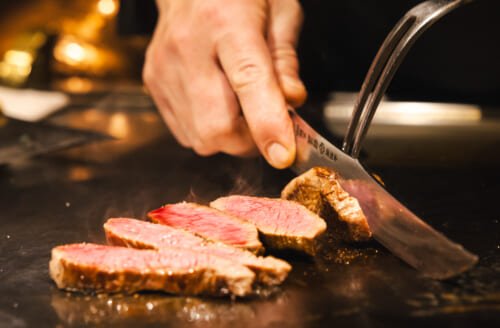
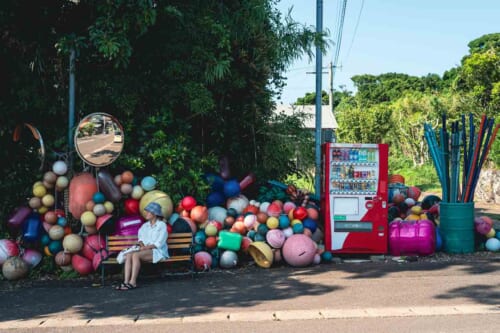




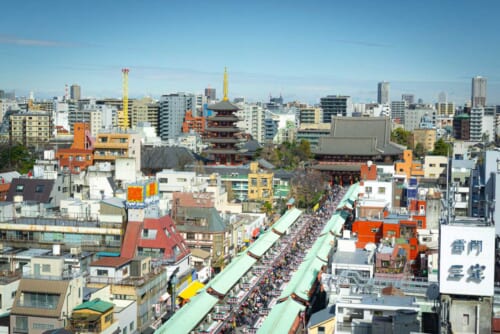
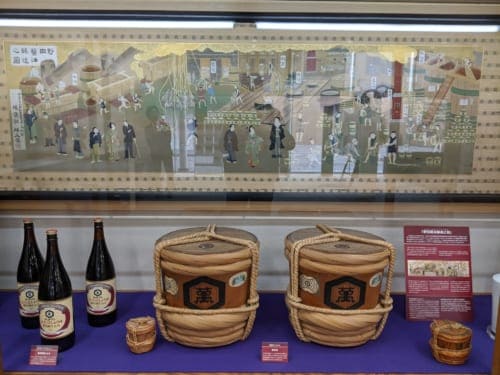
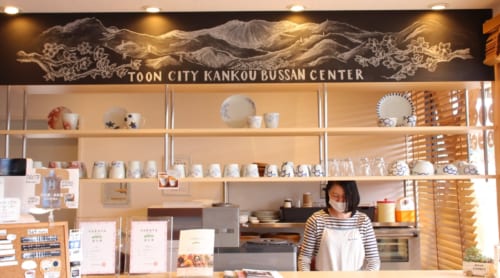


No Comments yet!